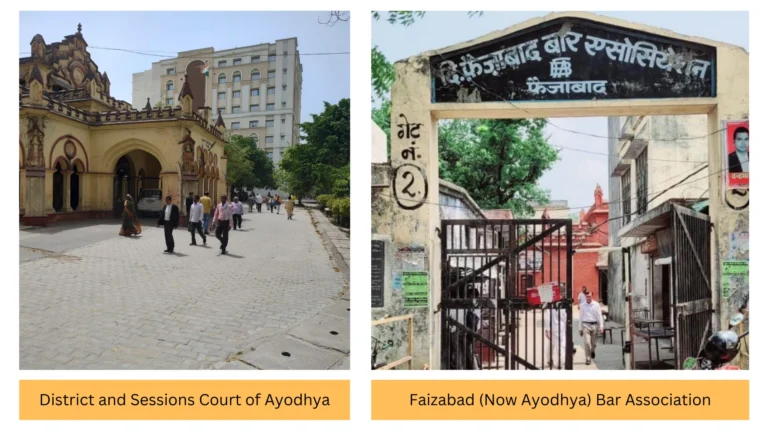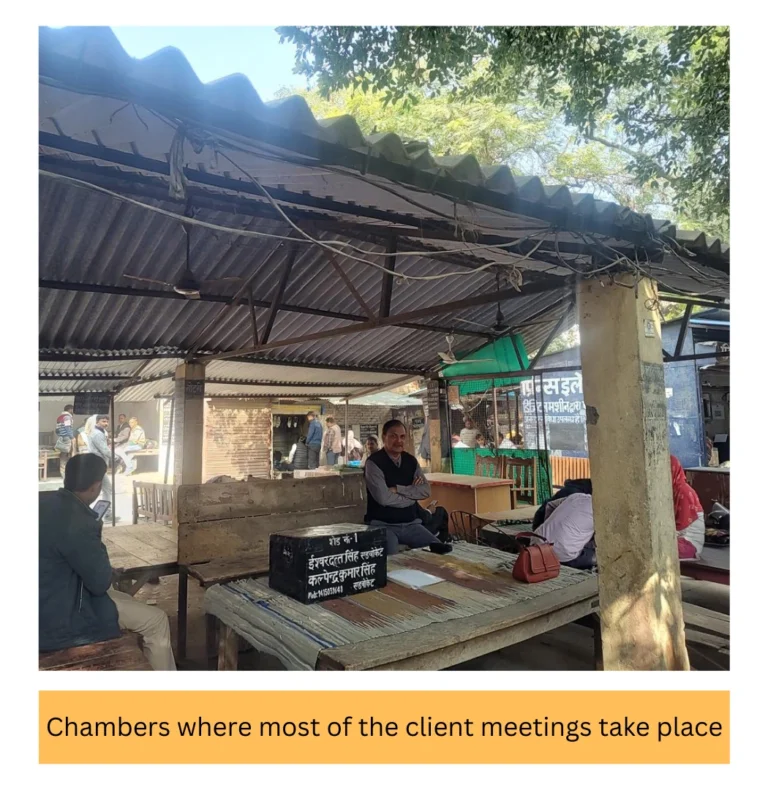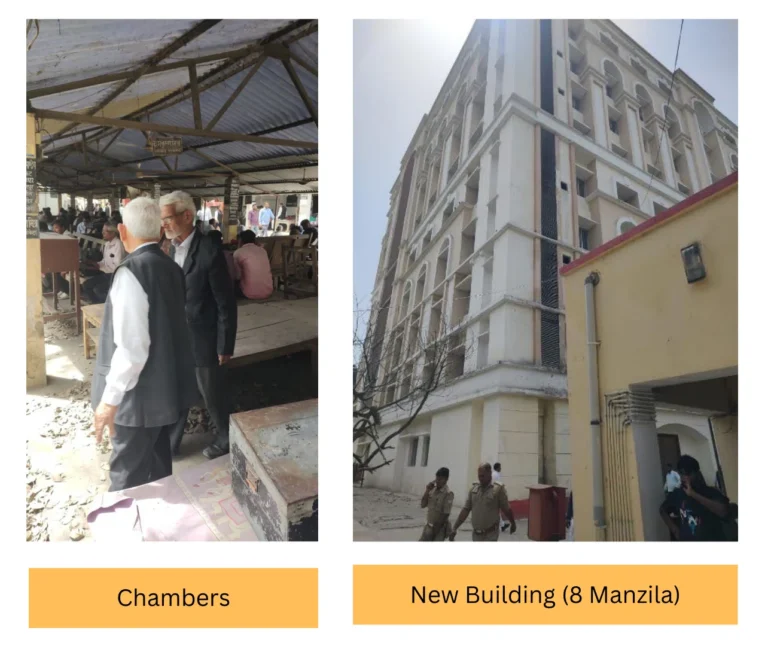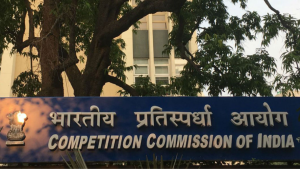In the grand scheme of the “Ayodhya Master Plan 2031,” a meticulous 200-page opus detailing the city’s makeover, judicial infrastructure seems conspicuously absent. The seat of dispute resolution for the city does not seem to be a priority.
It is important for the development authorities responsible behind crafting development plans for a city to not neglect judicial infrastructure as it holds pivotal importance in urban development plans due to its multifaceted contributions inter alia establishing the foundation for the rule of law, instilling stability essential for businesses, residents, and investors alike. In addition to providing mechanisms for dispute resolution, it fosters social cohesion and trust within the community by cultivating legal certainty that is quintessential for economic development and governance.
The judicial process in Ayodhya till date takes place in an old yet beautiful building. However, the building lacks infrastructure and tools such as cameras, functional washrooms, ramps, digital library etc. However, it would be unjust to state that there stands absolutely no development in terms of Court infrastructure. “8 Manzila Building,” the proposed new home for the Ayodhya District Court, as seen in pictures looks like a modern-day eight-floor building. But it lacks some basic amenities that would aid in its functioning. The court rooms shifted to this new building but due to lack of lifts and functional washrooms, operations have moved back to the old building.
As for advocates, traditional seating arrangements prevail, with advocates perched on wooden stools, clutching their trusty iron boxes. While there are chambers in place for the advocates, most of them still prefer to sit under the shade on wooden stools to meet clients.
But it’s not just the physical surroundings that give pause for thought. Digitization, that herald of progress, has yet to make significant inroads into courtroom proceedings here. While soft copies of orders take a while to be uploaded on the website, the cause lists are uploaded mostly 5-6 days in advance. As far as e-filing or other digital tools are concerned, internalization of the same may take more time even though training on e-courts of the staff has been conducted. The advocates and the court officers appeared to be very much comfortable with paper-based processes and physical files.
Having visited the district court for over a week, I regrettably cannot regale you with tales from the courtrooms. For over a week the courts either due to strikes or three-day long condolence were not in operation. In addition, I found myself witness to a delicate dance of power between advocates and the bench. From impromptu Holi breaks to mourning periods masquerading as court holidays, the wheels of justice seemed to turn very slowly and at the convenience of a select few.
Yet, amidst the chaos, there’s a strange harmony. The bar and the bench share an oddly cordial relationship, with advocates taking charge of order sheets and walk-in hearings being the norm. The advocates often prepare Order sheets in advance to assist the court and hearings are often re-scheduled and taken up during the day based on the availability of lawyers.








